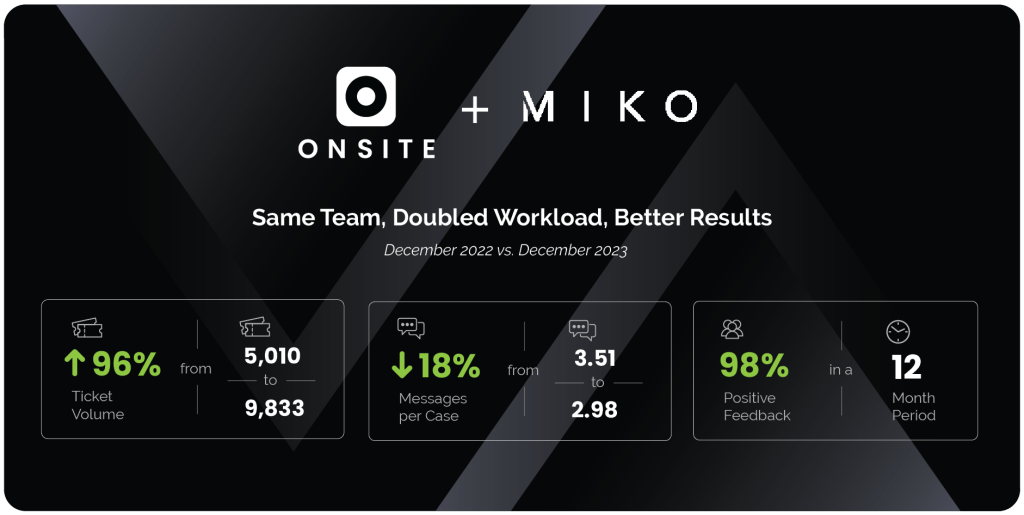Health and wellness company Miko launched in 2018 with their flagship offering, the Yoisho foot massager. Mixing the latest in tech with millennia-old shiatsu techniques, the Yoisho helped Miko gain footing (pun very much intended) in the marketplace. It also served as a kind of sign for what the rest of the Miko product line would look like. Soon there were back and body massagers, because why should feet have all the fun? Then came high-tech solutions for healthier homes: air purifiers and humidifiers.
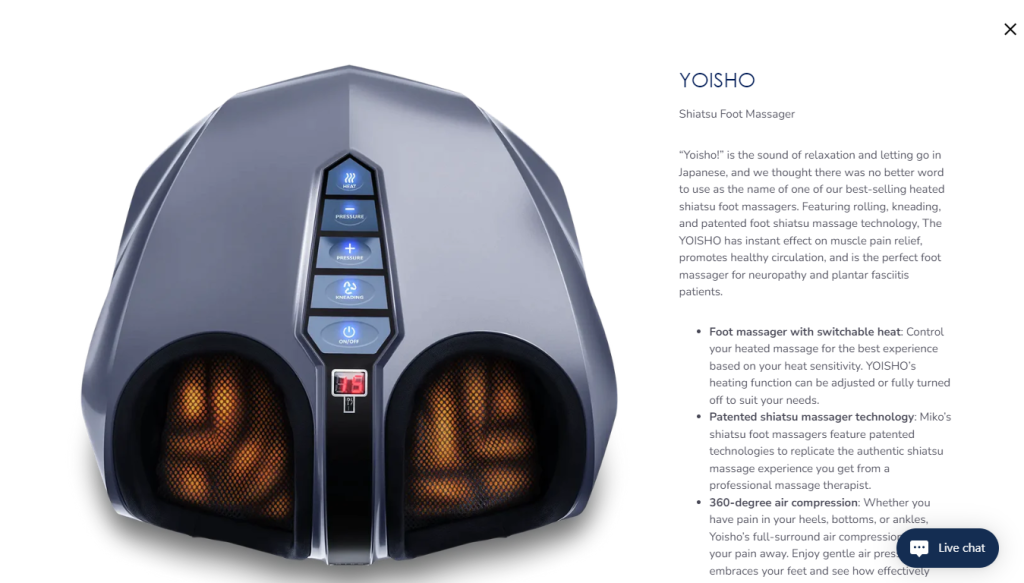
Miko’s famous Yoisho foot massager.
With their own ecommerce shop, as well as storefronts on Amazon and Walmart, Miko quickly attracted customers. You can imagine how something like a global pandemic impacts a company selling air purifiers and massagers, especially when the products look much more expensive than they are. Wellness is generally an easy sell—who doesn’t want to feel good? And Miko’s ultramodern designs, especially for the apartment-sized air quality products, gave them a pretty broad target audience. Growth was always the goal for Miko, and the last couple of years saw them really hit their stride.
Their sales were increasing at a rate that makes business owners giddy. The support staff had different feelings on the matter.
The Problem
Because their product lineup was just as much a technical one as a wellness one, supporting their customers is a more complex operation for Miko than it might be for other brands in the space. Creams, lotions, and homeopathic remedies don’t require a lot of handholding to use, and no one is registering their vitamin supplements with GNC. Even competing massagers aren’t as technologically advanced as what’s in Miko’s shop. More than just some rotating gears and ball bearings, the Yoisho mimics shiatsu; its successor, the Y2, goes Swedish in its technique. Both offer infrared heat, air compression, wireless remote controls, and all the buttons needed to control these features.
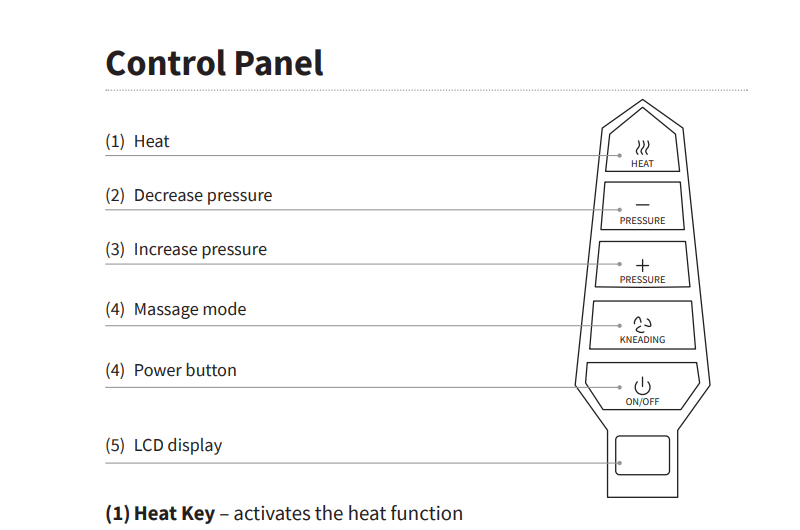
Image from the Yoisho Foot Massager User Manual, available on Miko’s Onsite Support help center.
Suffice it to say, their customers had questions—and registration requests. These were on top of all the “Where’s My Order?” and “I was overcharged” type issues that any retail operation has to deal with on the daily. By the time Miko started looking for ticketing software to manage it all, their two-person support team was receiving more than 3,000 requests a month. Miko’s first full month using Onsite Support revealed the level they were playing at: 3,673 tickets opened and 10,333 messages sent and received across all those tickets.
Beyond the sheer volume of support requests, Miko’s Amazon store caused other support headaches for them, and not the kind of headache you can relieve by hitting a shiatsu pressure point on your foot. The Fulfilled By Amazon (FBA) service Miko uses for their storefront is helpful for a lot of reasons, but when it comes to the support Amazon offers on their behalf, most sellers aren’t thrilled. David Arazi, Miko’s Assistant Sales Manager, noted that Amazon is too quick to default to returns and refunds, which results in lost revenue. And because they don’t really know the products, they don’t always give great answers to questions, resulting in bad reviews. This was more than a problem—it ran counter to the reputation they’d spent time building. As Arazi explained,
We primarily push ourselves through customer support. That’s our number one thing that we offer, I think across everything that we do. And people love that experience with us, but Amazon doesn’t make that process so easy. … Instead, [customers] reach Amazon and the first decision is, “OK, let me leave a negative review.”

David Arazi during our interview.
These kinds of interactions their customers were having did nothing to damage Amazon’s reputation (and if it did, who would notice?). And while Miko was still experiencing growth while having overall excellent ratings, Arazi didn’t want to sit around and wait to see how Amazon’s support could affect Miko’s sales. The high rate of returns authorized by them was already enough. He chose Onsite precisely for its ability to ensure his team could own all the support. “Our … focus is to keep [Amazon] as safe as possible and guard whatever it is we can,” he said, adding that they would “especially guard the products [from] negative reviews.”
The Solution
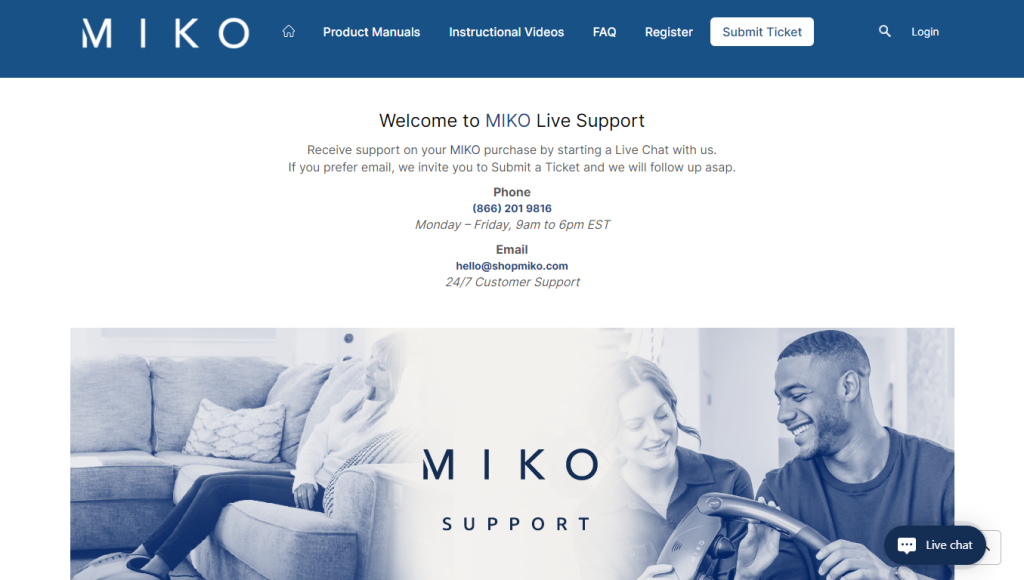
Miko’s Onsite Support help center.
In the fall of 2022, Black Friday and the holidays were just around the corner as Arazi and his team implemented and settled in with Onsite. Their support staff of two (and the occasional pinch-hitting third person, when they were swamped) were excited for the new tools. Using Onsite, they added a new button to their Amazon customers’ order pages—“Get product support”—that effectively cut the FBA support out of the loop. For Arazi, this was the standout feature that cemented his decision to go with our solution.
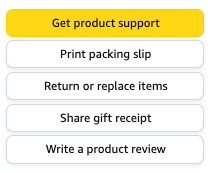
The bright yellow “Get product support” button appears next to Miko items in Amazon shoppers’ order history, encouraging them visit Miko’s Onsite help center before resorting to a return request.
Still, knowing all the tickets Amazon previously handled would become their responsibility made them nervous about a potential increase in workload. To mitigate the impact of this, they took advantage of the automations within Onsite. Arazi said, while they might get only about 20 calls a day,
That’s totally separate from the emails that need constant, constant attention. And, because of Onsite, we’re able to automate that process … by having canned responses that we’re just able to send. We don’t need to retype any messages that are there at the ready. So we’re able to go through the flow of emails at a much faster pace … like 300 emails a day, or maybe even more.
On its own this sounds impressive, but Arazi’s comments don’t also take into account the instant message chats that supplement email communications. When you take those into account, the caseload seems insurmountable. Here’s what December of 2022, Miko’s first holiday season using Onsite, looked like:
New Tickets: 5,010
Total Messages (including chats): 17,605
Avg. Messages per Day: 568
With numbers like this and a business that was still growing, you’d think that the need to bring on more support staff was pressing. But with Onsite’s automations, they were able to increase their workload without breaking a sweat. They had no worries going into 2023. Looking at those numbers, we can see how well their growth plans worked:
New Tickets: 9,833 (1.9x increase)
Total Messages (including chats): 29,294
Avg. Messages per Day: 945 (1.6x increase)
You can see a near doubling of the number of tickets, a larger increase than in average messages per day. That’s due to the automations cutting out needless back-and-forths, but also a testament to the expertise of Miko’s support. Again, this was accomplished with just a two-person team that received the occasional help from a third when needed.
The volume of sales and support over this last holiday was a new high for Miko. And for the 12 months since they’ve taken over the support for their Amazon shop, their seller rating is 98% positive.
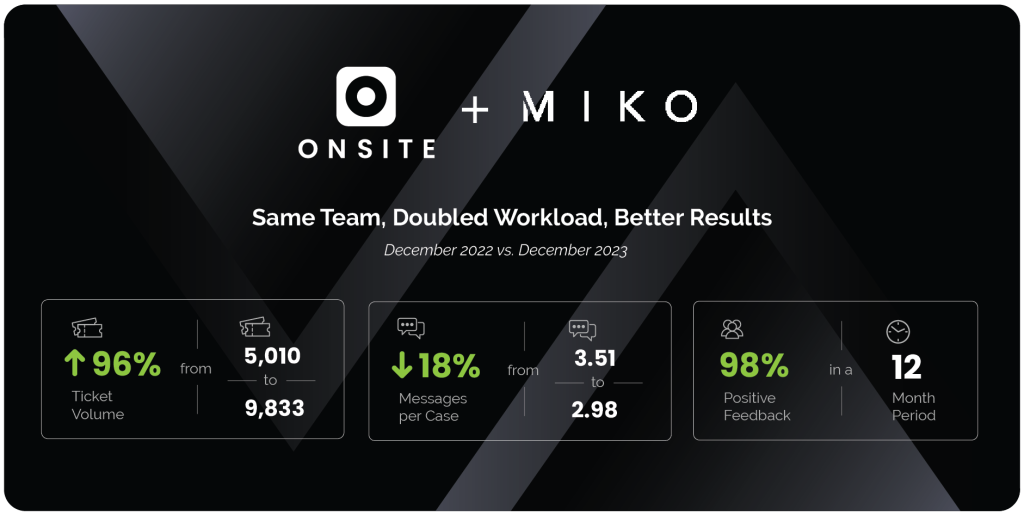
This finally has Miko talking about growing their operation. But, not really in the way you think. It wasn’t that they were overwhelmed by the work and decided to hire more staff. Arazi says:
It’s been a smooth, stress-free experience for me, especially the team … And we’re adding more and more … expanding to Europe and expanding to the United Kingdom. So that’s the future of what Onsite is going to be doing with us and what we’re going to be doing with them.
Ready to see the difference Onsite can make for your business? Book a demo or start a free trial today!

